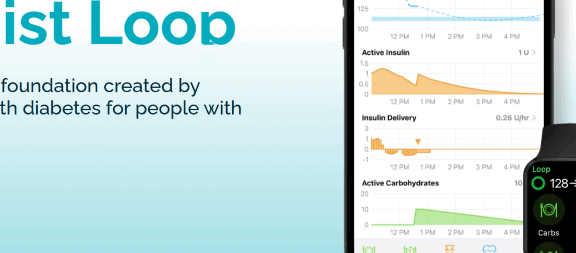
Sarah Howell
Chief Executive Officer, Arecor
Diabetes care is evolving with faster-acting insulin and advanced delivery systems designed to mprove comfort and practicality without compromising safety.
Over 800 million people around the world live with diabetes1. The condition accounts for about 10% of the NHS budget2 and costs global health systems around $1 trillion annually3. There has never been a greater need for improved treatment options. At Arecor, we believe we may have the answer.
A revolution in diabetes care
Automated insulin delivery (AID) systems have already transformed life for many people with diabetes. By continuously adjusting insulin delivery, these pumps can dramatically improve blood glucose control and quality of life. Yet adoption remains limited. Even in the US, where use is highest, fewer than 40% of people with type 1 diabetes and under 10% with type 2 use a pump.
In part, it’s the practicalities: existing pumps are bulky, sometimes uncomfortable and typically need refilling every three days. For people who require larger doses, especially those with type 2 diabetes or insulin resistance, this makes longer wear times impractical.
I believe the next revolution in diabetes will be miniaturisation: smaller, more discreet pumps that can be worn for up to a week. However, one critical piece has been missing until now: an insulin that is both highly concentrated and ultra-rapid-acting, powerful enough to meet higher insulin needs but fast enough to mimic the body’s natural response.
Using our proprietary Arestat™ formulation technology at Arecor, we’ve developed AT278, the first insulin of its kind that is five times more concentrated than standard insulin (500 units per millilitre) yet faster-acting than today’s best rapid insulins.
A smaller pump holding more insulin, paired with ultra-fast
formulation, could open access for more patients
Ordinarily, when insulin is concentrated, it acts more slowly. We have overcome that trade-off. Early clinical trials in type 1 and type 2 diabetes have shown that AT278 works faster and more effectively than existing treatments without new safety concerns.
Pioneering partnership
Recently, we signed a co-development agreement with Sequel Med Tech, the maker of the twiist™ AID system powered by Tidepool. Together, we’re preparing AT278 with twiist™ for a Phase 2 clinical trial in 2026, marking the first time the US FDA has approved a drug/device co-development trial in diabetes.
Leading US endocrinologist Dr Thomas Blevins believes this could mark a turning point: “The increasing incidence of obesity-induced insulin resistance plus rapid advances in automated insulin delivery technologies has created an unmet need for a new type of insulin — one that is highly concentrated with lower volume per unit of insulin, and is rapid-acting at the same time.” He adds, “Arecor’s AT278 (500 U/ml) could be the answer with real potential to improve the lives of many people with diabetes.”
A smaller pump holding more insulin, paired with ultra-fast formulation, could open access for more patients, reducing burden, improving outcomes and transforming care. In my view, the future of diabetes treatment is getting smaller, smarter and faster.
[1] WHO. Diabetes overview. Retrieved from: https://www.who.int/health-topics/diabetes#tab=tab_1
[2] NHS. 2025. NHS diabetes treatment spending reaches £1.92 billion as new medications become available: Retrieved from: https://media.nhsbsa.nhs.uk/press-releases/e29454d6-7346-4183-b9fe-57a31a04ce1e/nhs-diabetes-treatment-spending-reaches-1-92-billion-as-new-medications-become-available#:~:text=Services%20Communications%20Toolkits-,NHS%20diabetes%20treatment%20spending%20reaches%20%C2%A31.92%20billion%20as%20new,cost%20of%20%C2%A31.1%20billion
[3] Statista. 2025. Estimated global healthcare expenditure to treat diabetes in 2007, 2024, and 2050. (in billion U.S. dollars): Retrieved from https://www.statista.com/statistics/241820/estimated-global-healthcare-expenditures-to-treat-diabetes/



